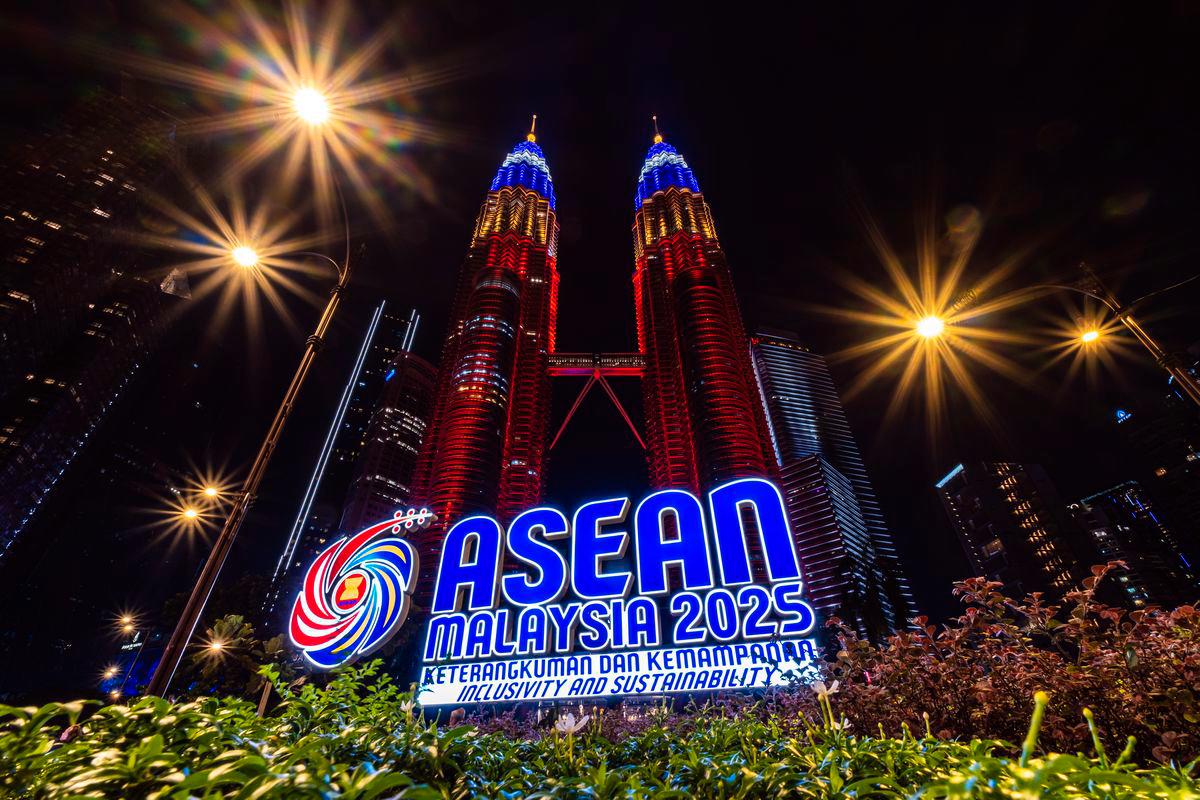KUALA LUMPUR: A maritime value chain that facilitates shipping connectivity and secures sea lanes, along with the ability to counter disruptions, is vital for ASEAN, the Gulf Cooperation Council (GCC) countries and China in their quest to consolidate tripartite economic cooperation and integration.
“Comprehensive maritime connectivity is crucial in ASEAN, Asia and the Gulf where 90 per cent of regional trade relies on shipping,” said Ang Chip Hup, former national consultant for the United Nations Economic and Social Commission for Asia and the Pacific (ESCAP).
Besides this, over 60 per cent of global maritime trade passes through ASEAN waters including the Strait of Malacca and the South China Sea, making shipping and port infrastructure vital for economic growth.
He cited how there were better opportunities for maritime connectivity by expanding into these regions through an enhanced ASEAN Single Shipping Network.
“Such a move was possible by increasing feeder ports from China to the Gulf via ASEAN, thereby reducing congestion at major hubs,” he told Bernama ahead of the 46th ASEAN Summit, ASEAN-GCC Summit and the ASEAN-GCC-China Summit here on May 26 to May 27, 2025.
Malaysia, as this year’s rotating Chair of ASEAN, is hosting the inaugural trilateral summit with the GCC, China, and Southeast Asian nations under the Chairmanship theme of “Inclusivity and Sustainability.”
Amid disruptions to trade precipitated by debilitating tariffs imposed by US President Donald Trump on 168 countries, including some of the highest tariffs on some ASEAN countries and China, countries are looking to deepen integration to be self-reliant trade-wise.
Ang said that economies should also look into expanding Port Community Systems (PCS) for real-time cargo tracking and emphasise on green and efficient shipping.
“We need to look into the ASEAN Green Lane for Shipping with fast-track eco-friendly vessels with lower port fees as well as policy harmonisation by allowing more intra-ASEAN vessel sharing to lower costs and standardised port fees and clearances,” he said.
Expanding ASEAN maritime connectivity is critical for economic integration, supply chain resilience and sustainable growth in these regions, said Ang, who was also a Senior Researcher in maritime economics and industries at the Maritime Institute of Malaysia (MIMA) and a retired naval officer who had also served in the United Nations.
Currently, there are initiatives such as ASEAN Single Window (ASW), which improves customs clearance and overcomes certain non-tariff barriers, as well as the Master Plan on ASEAN Connectivity which focuses on port modernisation and seamless logistics.
Khazanah Research Institute’s chairman, Dr Nungsari Ahmad Radhi, said ASEAN must further develop its movement of goods via sea and especially air.
“There must be efficient movements of goods within ASEAN to bolster economic integration between ASEAN, East Asia and China economic.
“Intra-ASEAN trade also depends on an efficient intra ASEAN transportation system,” he said.
Nungsari opined that beyond infrastructure, ASEAN should move towards becoming a customs union, in order to allow free movement of goods within the bloc.
“This will allow Small and Medium Enterprises all over the region to leverage on a much larger demand side. It will also make ASEAN an attractive market to invest in,” he added.









